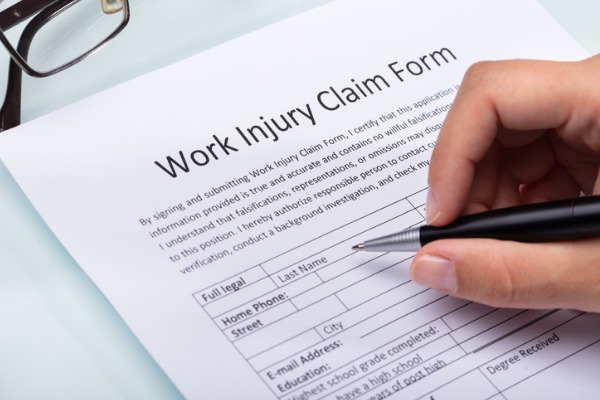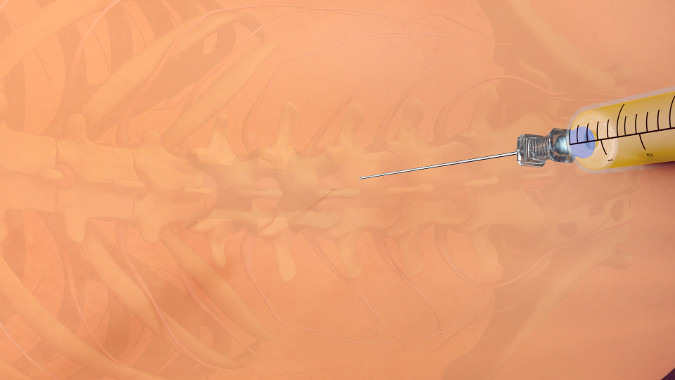Easing back pain might seem impossible, but here are some helpful tips for coping with some of the most common causes of low back pain.
Help, My Low Back Hurts and I Can’t Get Up!
Without a doubt, musculoskeletal disorders (MSDs) are an epidemic in the US. In fact, MSDs are the single largest category of workplace injuries, responsible for almost 30% of worker’s compensation costs. Without a doubt, they are a common and costly problems for people and companies. In 2011 alone, US companies spent 50 billion dollars on MDS for their employees. Not to mention, MSDs cost the average person almost 15 thousand dollars.
But what are MSDs?
In short, they are soft-tissue injuries that can affect muscles, nerves, tendons, and joints in your upper and lower limbs. MSDs range from carpal tunnel to whip lash. But some of the most common injuries associated with MSDs include tendonitis, spinal stenosis, and sciatica.

Low back pain is the leading cause of disability and lost time from work.
Globally, back pain is the leading cause of disability. Additionally, back pain is among the most common reasons for employees taking time off work. In fact, half of all working Americans admit to experiencing back pain every year. That’s a staggering number.
Interesting Facts about Back Pain from the American Chiropractic Association
- Back pain accounts for more than 264 million lost work days per year—that’s two work days for every full-time worker in the country.
- Experts estimate that up to 80% of the population will experience back pain at some time in their lives.
- Most cases of back pain are mechanical – meaning they are not caused by serious conditions, such as inflammatory arthritis, infection, fracture or cancer.
- Worldwide, years lived with disability caused by low back pain have increased by 54% between 1990 and 2015.
- Low-back pain costs Americans at least $50 billion in health care costs each year—add in lost wages and decreased productivity and that figure easily rises to more than $100 billion. In America we spend roughly $684 million on breast cancer per year, meaning we spend three times as much on low back pain.
But antalgia subsides when the inflammation causing it is treated.
Back pain can strike without warning.
It can be caused from something as simple as rolling the wrong way in bed. But whatever the cause of your lower back pain, when the pain strikes it can be intense and disabling.
In severe cases, some people might suffer from a condition known as “antalgia,” in which they are unable to stand up straight. The body does this naturally to find a position that is more comfortable and causes less pain. Typically, it’s caused by lumbar stenosis and often inflicts the elderly—but not always.
In fact, Anthony R. Galante DC experienced this first hand. While working his summer job at Ace Hardware in 1986, he was lifting air conditioners onto a conveyor belt. The next morning, BAM! He couldn’t get out of bed due to severe low back pain. He was bent over in pain with antalgia and had to use a hockey stick as a cane!
Dr. Galante went to the chiropractor and after a few months of treatment, the antalgia slowly subsided and his condition improved.
When people are like this, antalgic, they are in acute pain and one of the biggest problems is transitioning. Transitioning is the process of going from one position to the next. Common transitions are going from a laying to a seated to a standing position, sitting to standing, as well as in and out of the car and in and out of bed.

Common Transitions
Sitting to standing:
When you are sitting in a chair (preferably with arm rests) before you start standing up, you want to scoot to the edge of the chair. This will bring your knees out slightly past your feet. With your hands on the arm rests you want to push up with your arms and stand up straight up. I say straight because if you bend forward or to the sides much that will likely cause pain.
What if you are in a chair without arm rests? You will use the same process except when you go to stand up you will put your hands on your thighs and push up.
Laying to standing:
When you are laying down, be it on a couch or in bed, there are a couple ways to get up that can make life a little easier.
The first way is usually better for younger patients, patients that are below 60 YOA. Whatever position you are in on the couch or bed you want to roll onto your side near the edge of the couch. Your legs will be slightly bent with the top leg resting on the leg below. Now, at the same time, swing your legs off the table and push up with your top arm. Slowly, you can get propped up on the elbow of your bottom arm, then continue to push up until you are in the seated position. Then, follow the instructions above to get up from a seated position.
The second way to get up usually works better with older patients or patients who are very stiff and have a hard time bending forward. Getting up this way, you will start by laying on your stomach. While you are prone, turn your body so your legs slide off the bed and touch the floor. When your feet hit the floor and you have them set to get up, push up with your arms. When you start to push up bring one foot forward, from there continue to push yourself up until you are in the standing position.
The way to get up that causes people a lot of discomfort is to sit straight up, almost as if you were doing a sit up. Avoid that movement, as it almost always increases low back pain.
In and out of the car:
When getting into a car, you want to stand with your back facing the car seat you will be sitting in. Slowly lower yourself down so you are sitting in your car seat with your legs and feet out of the car. At this point, turn your body so your feet are in the car, near the pedals if you are driving.
Driving Tips
When driving, play with your backrest position. Try it at different angles to see what is most comfortable. Move your seat forward an inch or so. This flexes the legs and can relieve low back pain. It may even relief sciatic pain. A small pillow or a rolled-up towel in the small of the back can offer support and ease low back pain.
These are just a few ideas on how to make life a little easier when low back pain is trying to make life difficult. Lower back pain in Algonquin can have many causes, such as ruptured disc, spinal stenosis, herniated disc, sciatic nerve, bulging disc, degenerated disc, arthritis, muscle spasms and more.
Hopefully, you are doing a preventative program for low back pain and you are minimizing your risk of low back pain. If you are experiencing low back pain, try some of these tips. They really do help.
Be Well!



